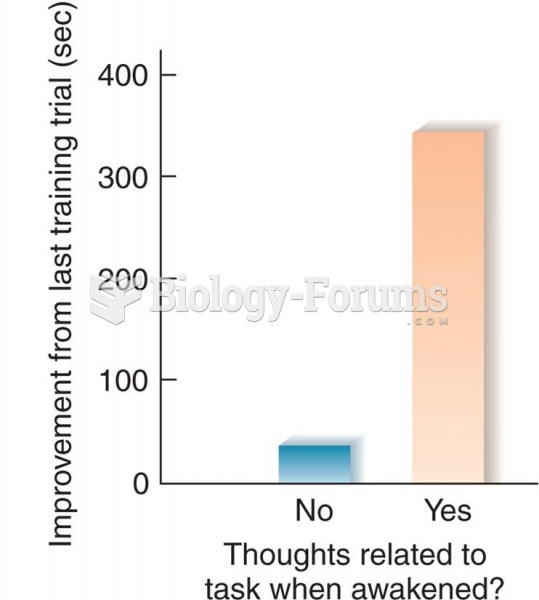For the past four afternoons Sheila and Rachel have acted out the same scene with their dolls: The girls put their dolls to bed. The dolls want the light left on. The girls tell the dolls that the light must be turned off at night. The girls then explain at length that the dolls will be safe in bed with the light off. The scene ends with the dolls going to sleep in the dark room. Such fantasy play is apt to:
a. Have little effect on the girls' fear of the dark
b. Help the girls constructively work through their own fear of the dark
c. Intensify the girls' own fear of the dark by focusing their attention on it
d. Enable the girls to deny their own fear of the dark by projecting it onto the dolls
Question 2
Which one of the following statements most accurately describes differences among socioeconomic groups in emotional responding?
a. Because their parents typically have high expectations for them, middle-SES children are more prone to emotional difficulties than their lower-SES peers.
b. Lower-SES children have more emotional difficulties than their middle-SES peers because of the greater uncertainty and deprivation in their lives.
c. At least one-third of both lower- and middle-SES children are prone to serious emotional difficulties at one time or another, although the causes of such difficulties differ somewhat depending on the socioeconomic group.
d. Regardless of income level, most families take great pains to shelter children from life's problems, and so socioeconomic differences are rarely observed.







